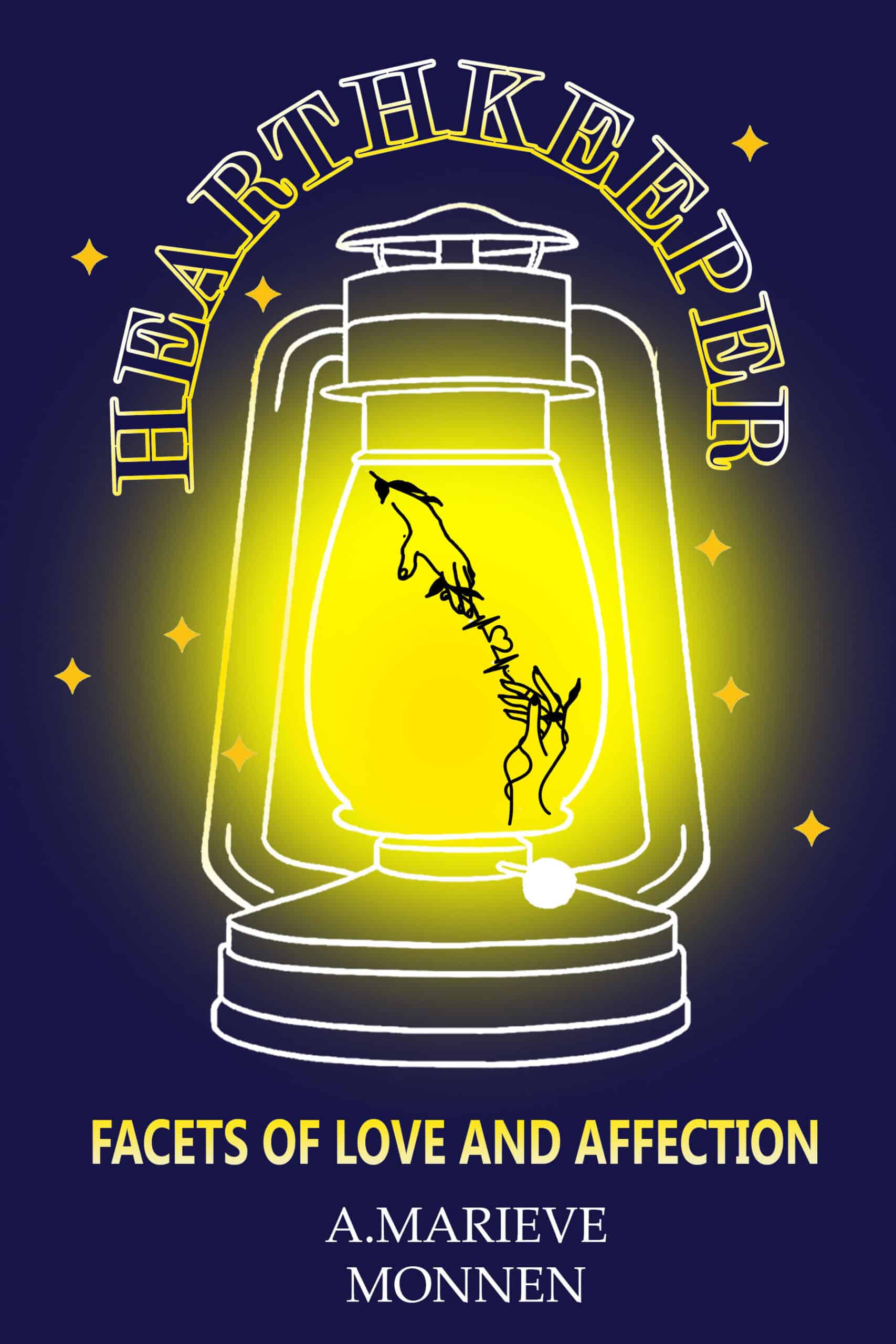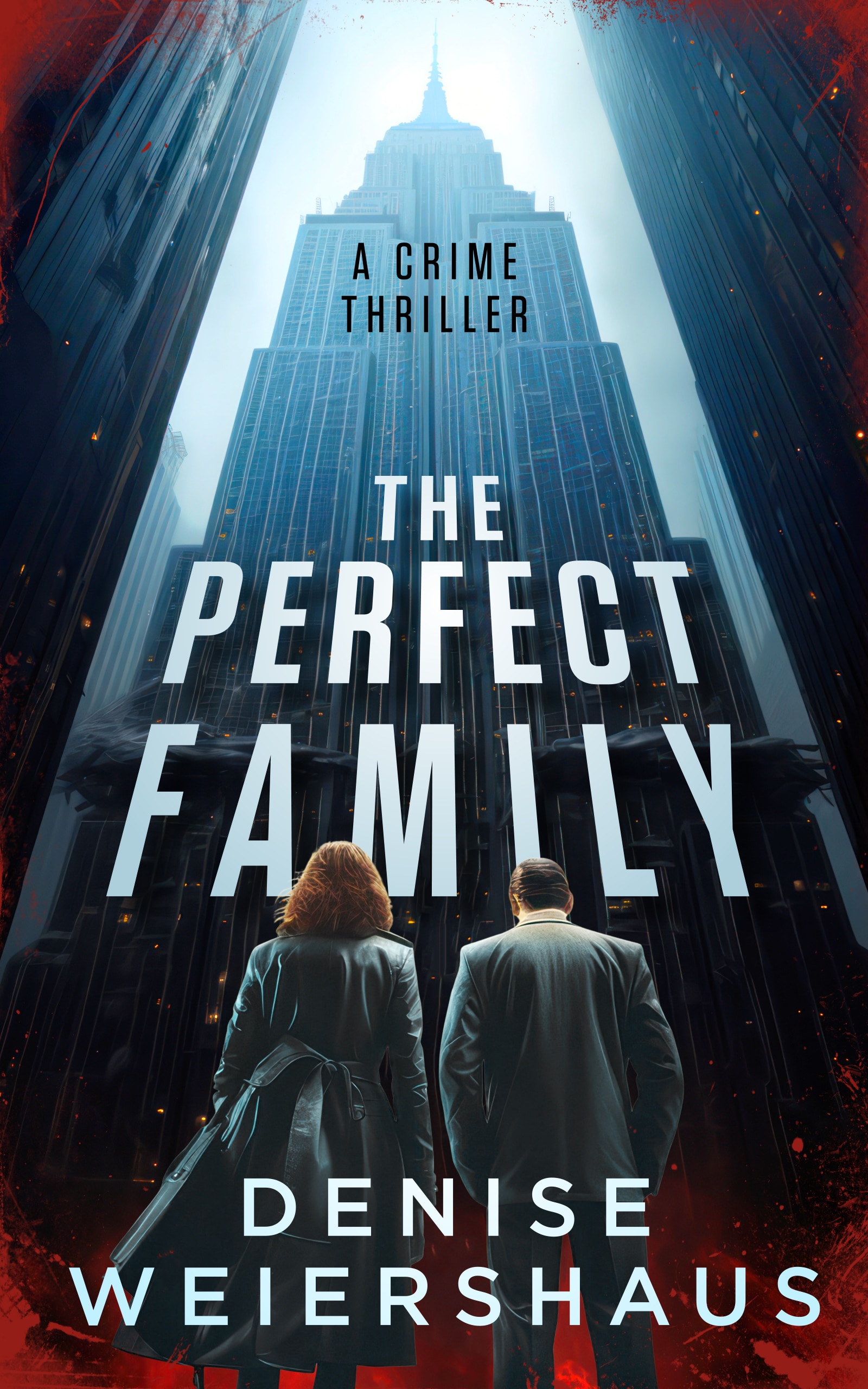
by Carlos Cooper |
I love reading stories with strong characters. There’s nothing better than a vivid hero or crusty villain who jumps off the page, grabs you by the scruff of the neck, and pulls you into their story.
What happens when we write about a character who does the opposite? Instead of jumping, they sink. Glug, glug, glug…

by Monica M. Clark |
A couple of months ago I attended a reading and book signing with Terry McMillan, the best selling author of Waiting to Exhale. She discussed her upcoming book, Who Asked You?, which contains fifteen different points of view, including one of an eight-year-old boy. With that many POVs, there was no way ALL the characters could be autobiographical, so during the question and answer period I asked her—how did she get in the minds of characters so unlike herself?
Her answer can be boiled down to the following: you must (1) empathize, (2) listen to those around you, and (3) fill out a job application on behalf of your character.
by Devin Berglund |
I sat at the computer rubbing my brow. I’d written at least 60,000 words in my work in progress so far and my main character was still giving me a hard time. Others were having temper tantrums, standing in the shadowed corner of my mind with their arms crossed.
No matter what I did, they wouldn’t speak to me and they wouldn’t move from the shadows.

by Liz Bureman |
There are a few characters that we’re all familiar with in television and literature. Most lawyers are terrible people, the black guy who lightens the mood in a horror movie will die first, the high school head cheerleader will be catty (unless she’s the main character), and any pair of cops will have one who goes by the book and one wild card.
These character archetypes, when they’re not main or central characters, can tell the reader a lot about what type of story to expect. They’re referred to as stock characters.

by Guest Blogger |
Close your eyes and imagine you’re walking through the streets on a foggy day. The fog is so thick that you can’t see anything around you—just your feet on the pavement and the dull gray tint to the haze.
You can hear your feet walking along, and you detect distant voices. Are they calling out to you?

by Joe Bunting |
People read books for the stories, but it’s the characters they fall in love with. Audiences particularly seem to enjoy pairs of characters: Romeo and Juliet, Kirk and Spock, Paris Hilton and Nicole Richie, Watson and Holmes, John Paul White and Joy Williams.
When developing loveable characters (or hateable characters), storytellers have two primary methods of characterization: what a character does and every other character in a story.
The foil, in particular, is effective at breathing characters to life. This device in use since God made a bet with Lucifer in the Book of Job, and it shows up in many of the most popular stories today.
What is a foil and how can you use them in your stories?







